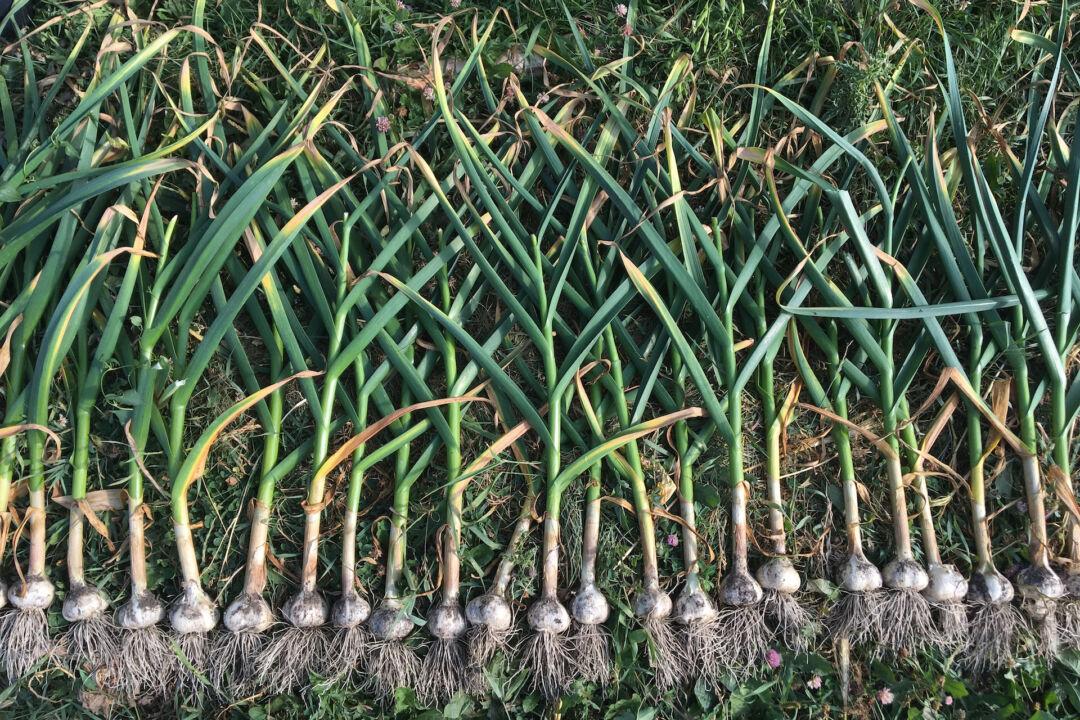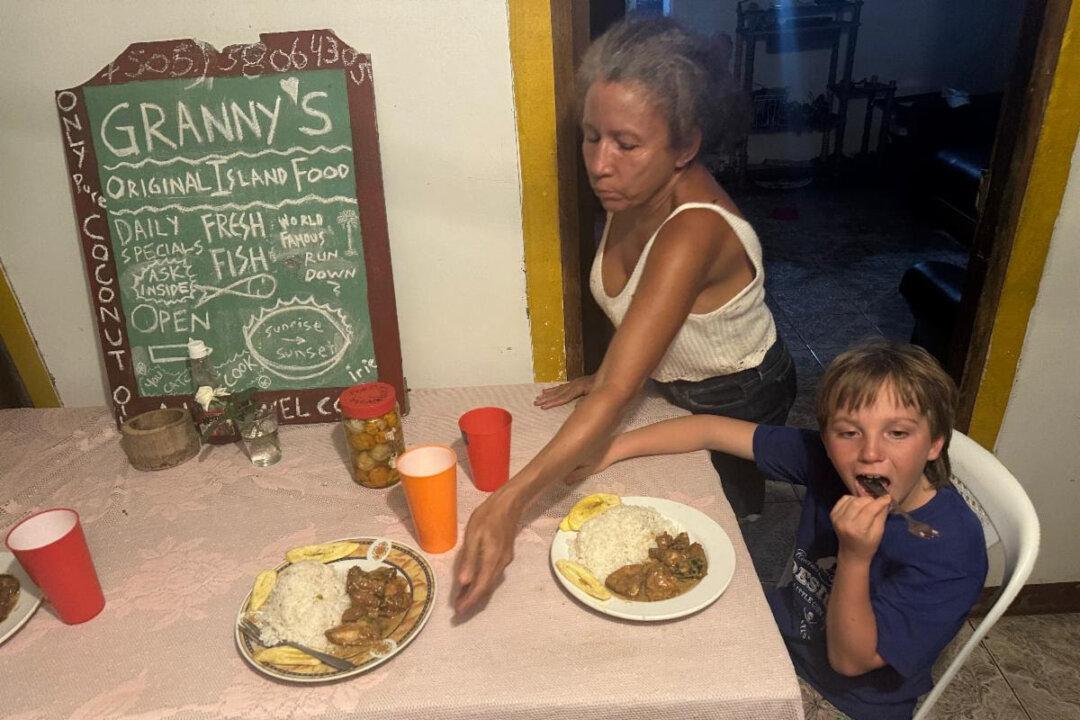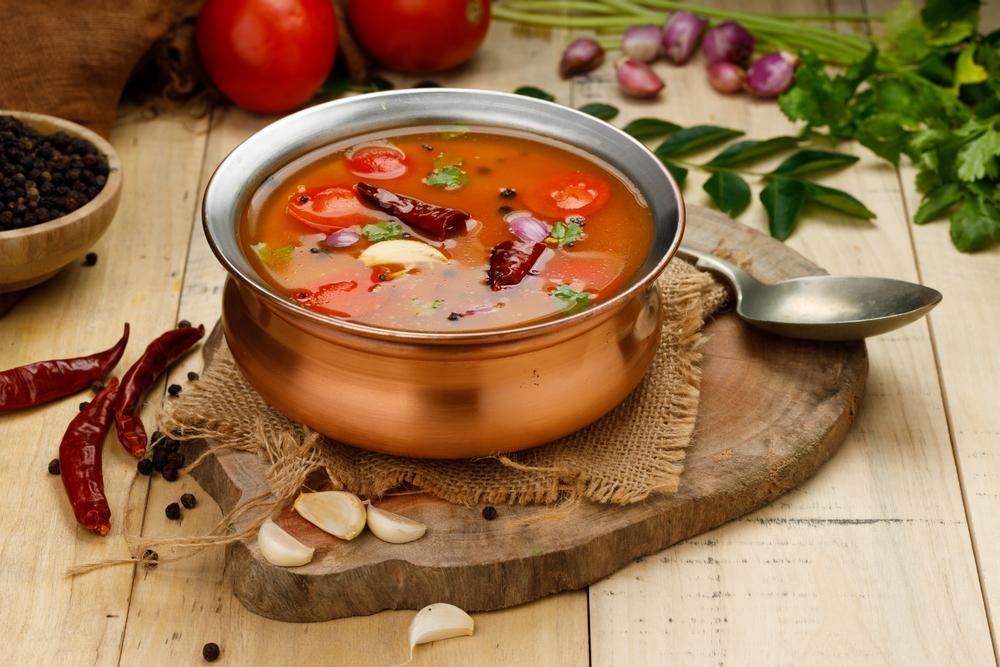When visiting family in the Boston area, I‘ll do some eating, to put it mildly. The way a hungry coyote finds time for a wounded rabbit, I’ll make time for the farmers markets to see what’s in season, and for the old world markets for dolmas, hummus, and Aleppo peppers. I'll carve out a block of time to discover a bowl of duck soup at a new pho joint in the next town over, and drive to Fall River for Portuguese seafood.
But the sweetest discovery of all has been learning how to make a Boston berry parfait.

Found Treasures
When I left this region for college, never to return for more than a visit, my naturalist skills had reached the point where I could avoid poison ivy, a skill that has served me well upon my return. Meanwhile, I’ve added some new plants to my list of local flora. Most of these plants have edible parts, thanks to an old lady I met in the bushes.I was walking along a bike path that had recently replaced an old set of train tracks. When I called out to her with a question about it being early for blackberries, she regarded me with a skeptical side-eye. In an accent that was German or Swiss or Austrian—I imagined somewhere in the Alps—she reluctantly explained they were black raspberries. I held out my phone with a picture of a haul of wild morels that a friend had harvested and told her, “This is what we forage in Montana.”
Amazingly, my bragging had the desired effect. She recognized me as a member of the foraging tribe and thus someone who deserved a chance.

“There’s a mulberry tree down the path on the left, right before it gets sunny,” she said.
I walked until I saw purple stains on the sidewalk, and looked up at a canopy of dangling juice bombs. The tree was growing out of a seam between the asphalt parking lot and a retaining wall, and had partially absorbed a chain-link fence in its trunk. The fruit resembled elongated blackberries, very sweet and juicy and so ripe I had to pick them with two fingers at once or risk knocking them off.
I saw her leave the black raspberry patch and decided to give it a try, but she had completely cleaned it out. I started to head home, wondering if she was gone, when she called out from beneath another tree, this one sporting blueberry-like orbs at the end of long stems.
“Juneberries,” she said with her thick accent.
My forager friend had shown me enough food along a 200-yard stretch of bike path to practically feed myself. Alas, she was wise to be suspicious of me, as I returned a few days later, receptacle in hand, and on that day it was I who cleaned out the black raspberries. The juneberries, in turn, had been cleaned out by the birds—every last one, even from the flimsy top. But the mulberries were as abundant as ever.
As I strode that self-serve berry buffet, I took note of the conditions that had produced it: a disturbed habitat alongside a bike path, close to water, and in partial shade. Armed with this information, thereafter I was able to find more berries elsewhere in my travels.

Learning the Landscape
As a youngster, I had flown the coop before bonding with my home landscape the way that I now know such a bond can happen. Instead, I bonded with Montana.In the process of hunting large mammals and foraging for huckleberries, gooseberries, and wild mushrooms, I learned how to read landscapes. Now, I passively note things like how a watershed drains, where north is, what kind of trees make up a particular forest, what the animal tracks look like, and what the hoots and howls sound like. In the process of becoming native to Montana, I learned how to understand Massachusetts.
My children have similarly learned to read landscapes. Put them in any airport, and they can find parfait within seconds. And they love parfait, which happens to mean “perfect” in French. So imagine the satisfaction of being able to prepare them homemade, home-gathered parfaits. It’s a point of pride to me, like returning from a hunting trip with meat. But sweeter.
On the way back to my mom’s house with my berries, I stopped at the dolma store for yogurt, cream, and labne, a kind of extra-thick yogurt that’s like solid “cream on top.” The store didn’t stock any oats or granola, but I found a box of Petit Beurre, a type of vanilla cookie from Nantes, France. Then I bought a carton of fresh strawberries from a local farm, as perfectly ripe as those mulberries.
Whether foraged in the hills or at the market, or grown in your backyard, strawberries belong in this parfait. Along with the vanilla cookies, they help push it over the edge into shortcake territory, which is a good place to be.
Since I can’t divulge where I found my berries, and you probably don’t live in Boston anyway, you’re going to have to learn your own landscape, wherever you are, and find some yourself. In a field, by a road, in the hills, by a river, in an alley, or at the farmer’s market. Become native to where you are, even if you’re only there for a visit. The process is its own reward, and the parfait will follow.

Boston Berry Parfait
Any mix of berries will work, but they should include strawberries. If you can’t find labne, substitute a full cup of Greek yogurt.- 1/2 cup labne
- 1 cup yogurt
- 1/2 cup heavy cream
- 1 tablespoon maple syrup
- 4 cups berries
- 1 packet Petit Beurre cookies
Mix the labne, yogurt, cream, and maple syrup until totally smooth. Place a spoonful in the bottom of each of four parfait glasses. Layer in the berries, yogurt mixture, and cookies, so that everything is touching the yogurt and the fruit is pressed against the glass. Finish with a bunch of berries on top. Let it sit for 30 minutes for the cookies to soften, and serve.
Alternatively, top a bowl of yogurt mixture with mixed berries, and scoop it out with the cookies, like chips and salsa.





